Wild Rice Connections
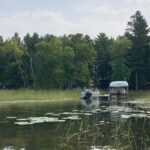
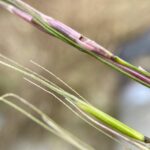
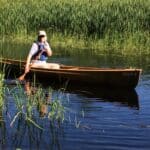
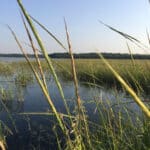

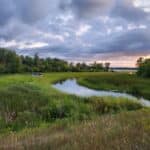

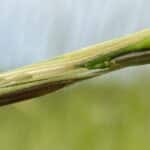
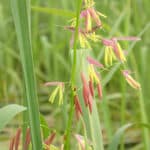
Welcome to Wild Rice Connections! I am passionate about collaborating with others for the benefit of Manoomin, wild rice. Below are a few of the projects I have been involved in or am leading. The homelands of the Dakota, Lakota and Anishinaabe (aka Ojibwe/Chippewa) cradle the largest concentration of Manoomin in the United States. In Michigan and Wisconsin, tribal nations and collaborators are restoring wild rice to their lakes and rivers where it has been lost. Minnesota has the responsibility to protect what already exists for future generations. Working together with tribal governments, who have stewarded Manoomin for centuries, we can protect, restore, educate and inform for the health and well-being of wild rice and the habitats this annual aquatic grass supports. Contact me if you would like more information on projects, or have a project in mind.

- Event Type: Educational (2022-23)
- Funding: Grant
- Partners: Itasca State Park, The Nature Conservancy, University of Minnesota and Leech Lake Band of Ojibwe members
Itasca State Park Wild Rice Day
Over 400 students and visitors watched wild rice being parched and jigged, heard of the Anishinaabe relationship with manoomin (wild rice) and tasted this wild grain cooked with blueberries. Through a collaboration with the Nature Conservancy, Leech Lake Band of Ojibwe members, University of Minnesota interns and funding from a grant, Itasca State Park hosted a one of a kind day celebrating wild rice in Minnesota’s premier state park.
Wild rice, or manoomin (Ojibwe) grows in abundance in northern Minnesota. Stretching across the headwaters of the Mississippi River nearly half a million visitors view this wild grass each year. Currently there is no signage or information for visitors regarding wild rice, something we hope to change in the future.
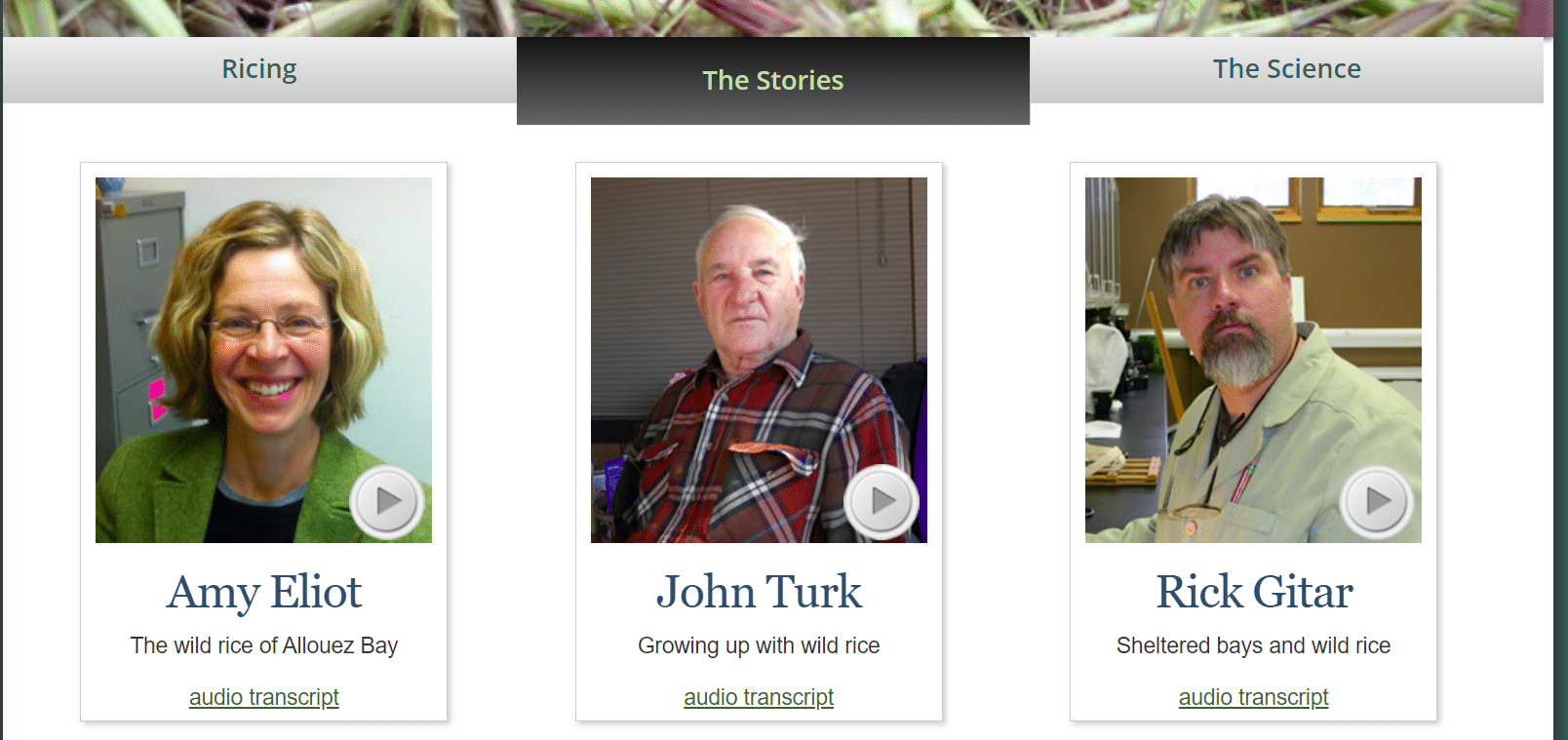
- Event Type: Website
- Funding: NOAA Grant (completed)
- Partners: Minnesota Sea Grant, Wisconsin Sea Grant, Annette Drewes (Consultant)
Explore the Stories of the Estuary through the eyes of people that live and work here, and delve into the Science of the interplay between humans and ecosystems. See how Deep Maps capture the beauty and complexity of this special place. As a consultant on this project I set up interviews with people living and working around the estuary. From coffee at kitchen tables overlooking the river, to canoe trips into the estuary itself, I was gifted stories of our connection to place. Each story is worth a listen. Project was funded jointly through Wisconsin Sea Grant Institute and the Minnesota Sea Grant College Program, both supported by the NOAA National Sea Grant College Program, United States Department of Commerce, 2010-2014.
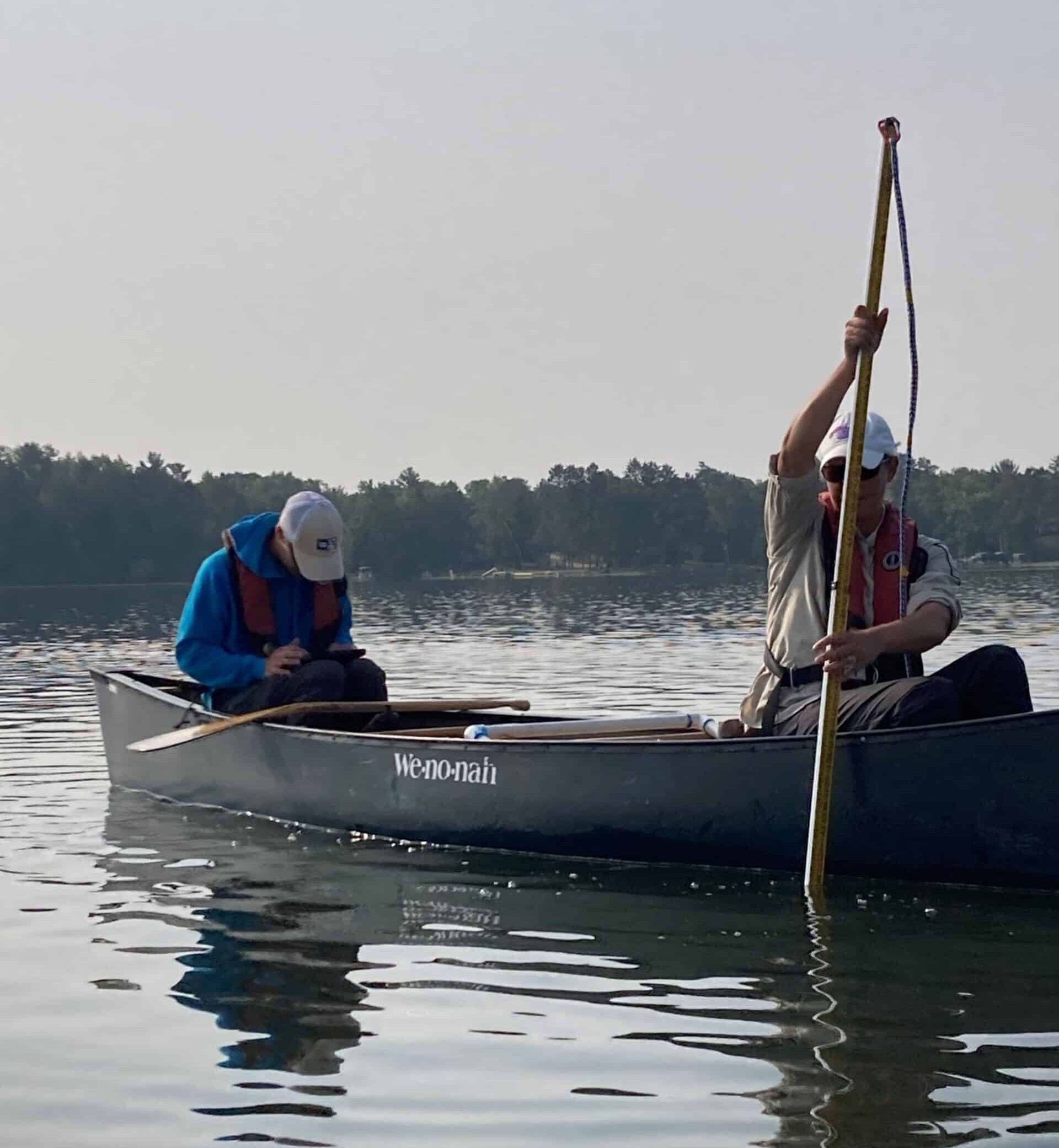
- Event Type: Monitoring (ongoing)
- Funding: Environment and Natural Resources Trust Fund (MN)
- Partners: Minnesota DNR, Red Lake Nation, White Earth Nation, Mille Lacs Band of Ojibwe, Wild Rice Connections, and The Nature Conservancy
Collaborative State & Tribal Wild Rice Monitoring
Wild rice monitoring has been taking place for more than 25 years through the 1854 Treaty Authority. In 2015 Tonya Kjerland, with assistance from 1854 Treaty Authority, put together a field guide to monitoring wild rice with funds from NOAA. This field guide (available here) provides the methodology for the current Tribal/State Collaboration for monitoring wild rice occurring in Minnesota. Funded through the Environment and Natural Resources Trust Fund (ENRTF) this project has the Minnesota Department of Natural Resources working with several Ojibwe nations (White Earth, Red Lake, and Mille Lacs) in monitoring their wild rice beds, as well as meeting and holding conversations with all Indigenous Nations within the borders of Minnesota to work together toward wild rice/ manoomin conservation. Begun in 2022, this project is ongoing and will continue to seek conversation and funding to promote protection for manoomin.
A Facebook group for people who pursue the harvest of wild rice/manoomin every fall in Minnesota and Wisconsin. A common misconception in Wisconsin is harvest is only allowed by Native Americans. This is not true. In Wisconsin, harvesters who are not affiliated with a tribe must purchase a state license, and only residents can harvest. Harvest on reservations is restricted to tribal members only in most cases (not all). Check the lakes you want to harvest. In Minnesota, non-residents may purchase a license to harvest wild rice at $30/day. Residents license is $25 for the season. Tribal members only need tribal ID off reservation.
Check out the Facebook Group – its a good way to check on where wild rice is growing well, and how mature the rice is getting later in August.
Interested in working with me?
Contact me if interested in working together to educate, inform or encourage conservation of wild rice habitat in Minnesota or Wisconsin.

